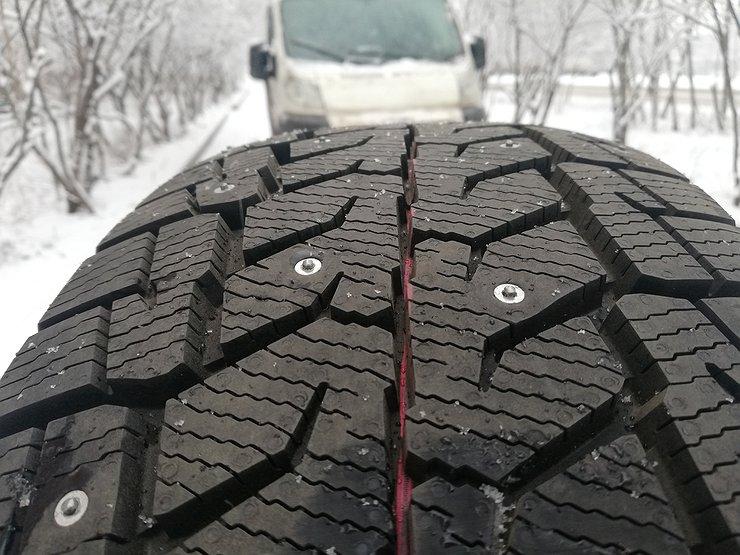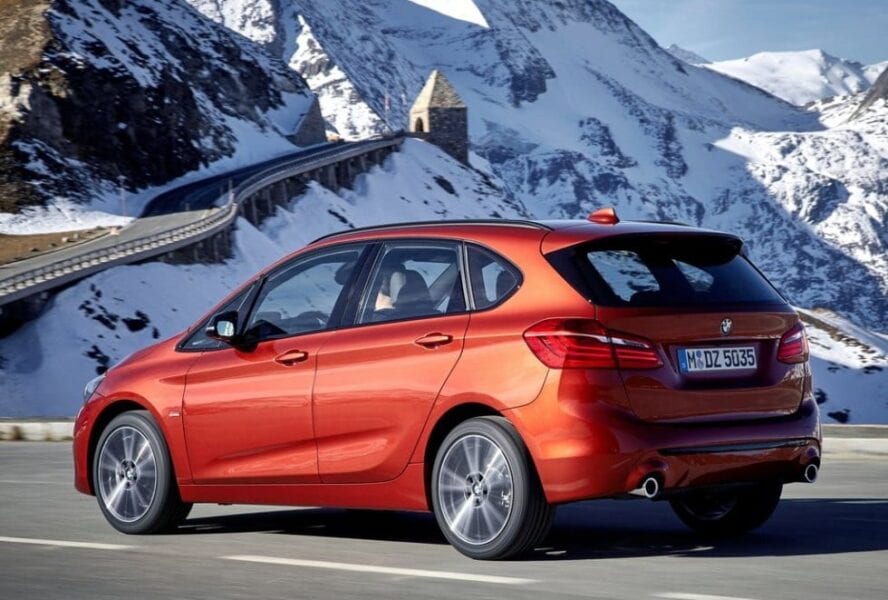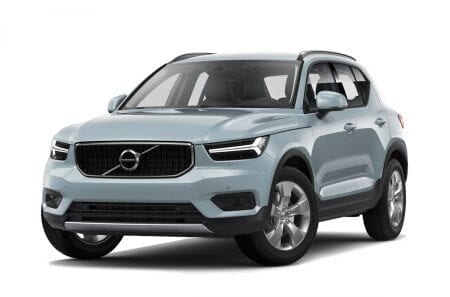
How to safely save on winter tires
The assurances of advertising and "experts" that only the most modern models of "rubber" are the key to confident winter driving, upon closer examination, can only cause laughter.
How do tire manufacturers force us to buy more expensive tires from their newest models? Techniques and arguments are standard and are used from year to year, from decade to decade. We are tirelessly told about “the latest super-duper nanotech rubber compound”, about “mega-alloy spikes of innovative shape” that sit to death in the wheel, about the “computer-simulated tread pattern” that supposedly dries out the contact patch of the wheel with the road better than a baby diaper. What lies behind all this advertising verbosity? In fact, nothing particularly revolutionary. Yes, it's likely that the newest and usually the most expensive tire in a branded lineup has a marginally better braking performance on slippery or wet surfaces. And even, quite likely, she keeps the car a little better in a turn. But all this is true only when comparing the old and new wheel model in exactly the same conditions and on the same machine. Otherwise, such comparisons are at least not correct. For this reason, you should not particularly trust not only branded advertising booklets, but also, as it were, objective journalistic “tire tests”. A person who has accumulated this kind of information buys and puts the selected tire model on his car in the firm belief that they will show the declared results of stability, handling and stopping distance.
And completely in vain. For example, few ordinary drivers suspect that even the most beautiful tires at 5 degrees below zero will show a much greater braking distance on ice than at 30 below zero? Yes, in the biting frost, a normal “spike” brakes on ice almost like a summer one – on asphalt. And with a small "minus" outside the window - alas, ah. And we still do not take into account that the braking distance and handling on a winter road also depend on the design of the suspension and steering of a particular car model. Deviation from the ideal test conditions and the technical condition of the brake system is inevitable. But it, along with the features of the suspension and the “steering wheel”, has a huge impact on the actual (and not advertising) braking distance, handling and other indicators. The level of driving skill of a car owner who believes in the miraculous properties of one or another model of an expensive tire is also another question. In practice, all of the above means only one thing: the pursuit of expensive tires, as a guarantee of safety on a winter road, is meaningless by definition.
In practice, you should pay attention to the wheels of well-known brands, but much cheaper. Consider, as an example, a fairly mass dimension of rubber - R16-R17. Now in this market segment, the latest (and, of course, advertised) wheel models at retail cost, on average, about 5500 rubles. And some especially pretentious brands lift up price tags up to 6500-7000 rubles per wheel. At the same time, in the model lines of both European and Japanese (not to mention Korean and domestic) tire manufacturers, we see quite decent winter wheels at prices around 2500 rubles. Yes, they are made from a simpler rubber that does not contain any environmentally friendly oils or tricky fillers. And the tread pattern they have is not so fashionable. Because of this, the inexpensive model is likely to lose a couple of meters of braking distance to the newer and more expensive model under ideal test conditions. And in the real world, an ordinary driver on his not a new car with a probability of 99,99% would not even feel much difference between expensive and cheap tires. Unless, of course, he is warned in advance that now he is riding a super-duper (as the advertisement claims) tire model, and now - on a cheaper one.

